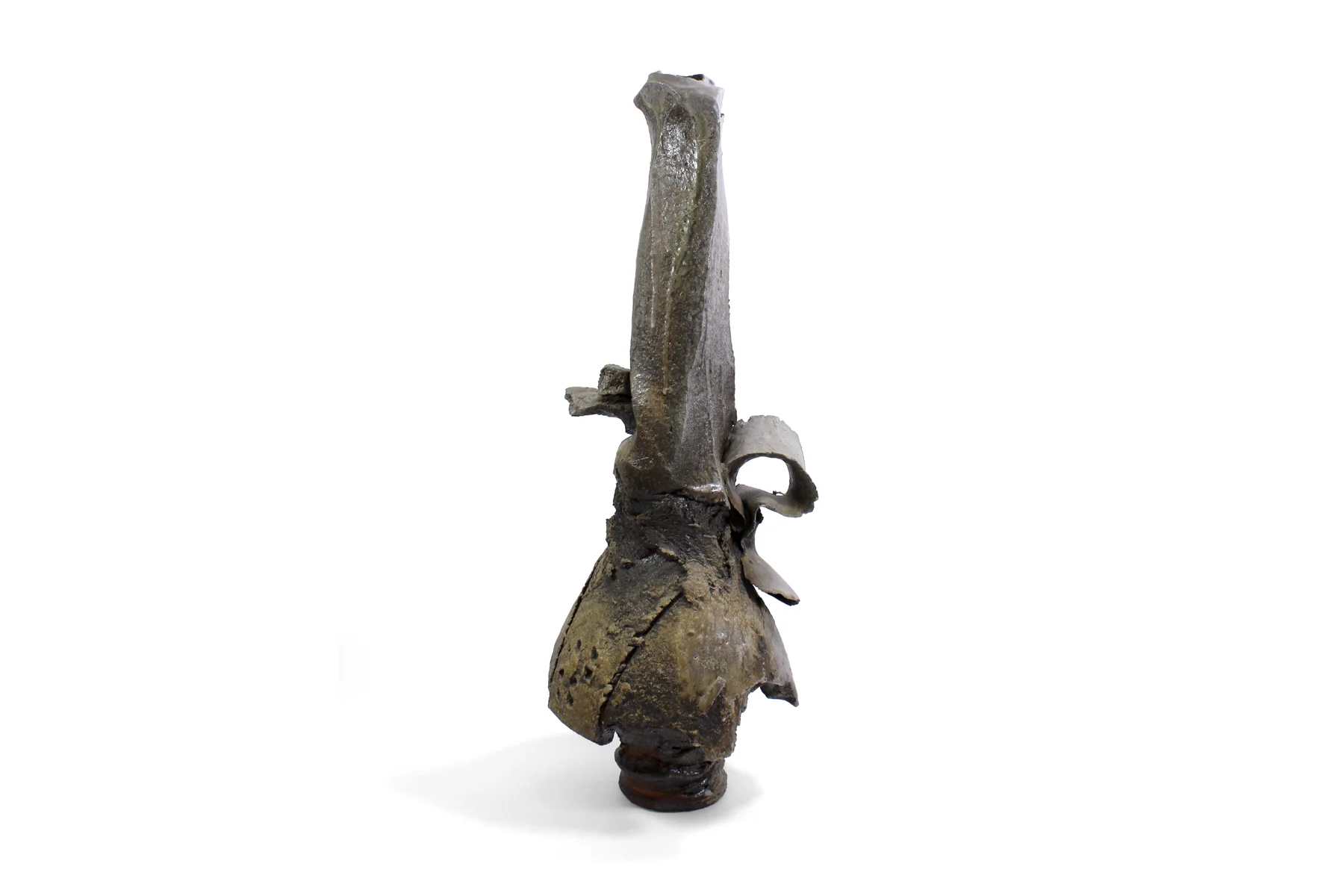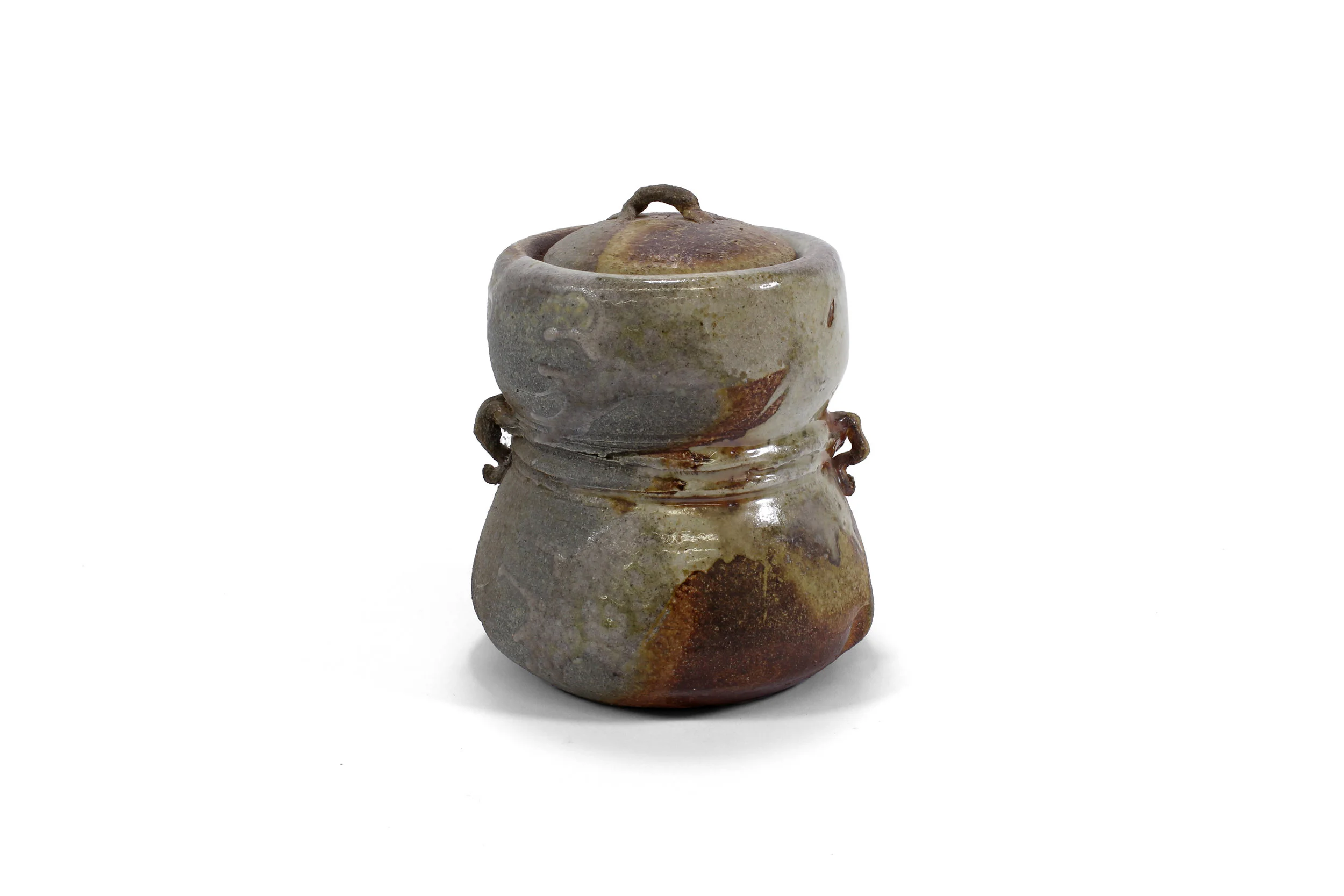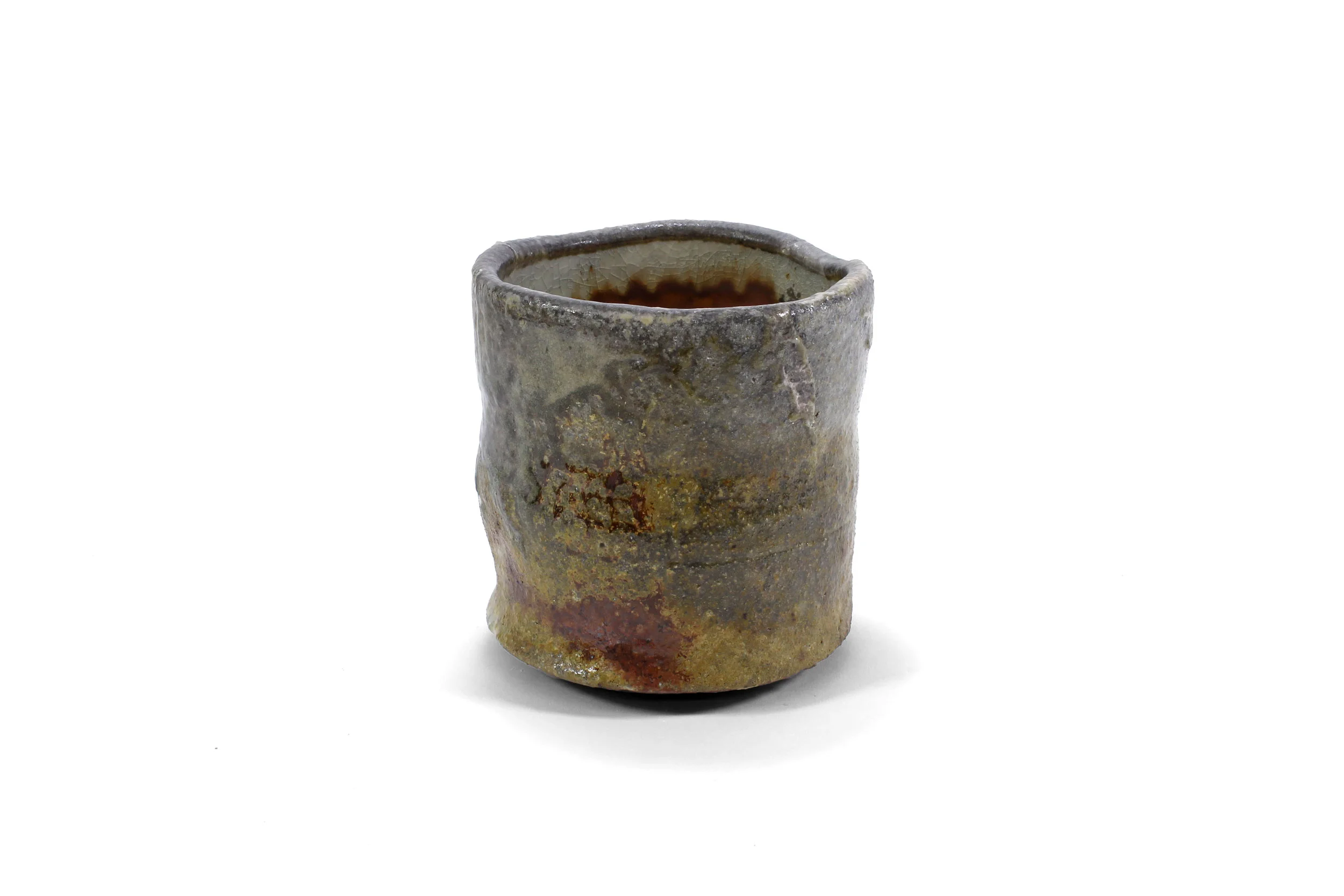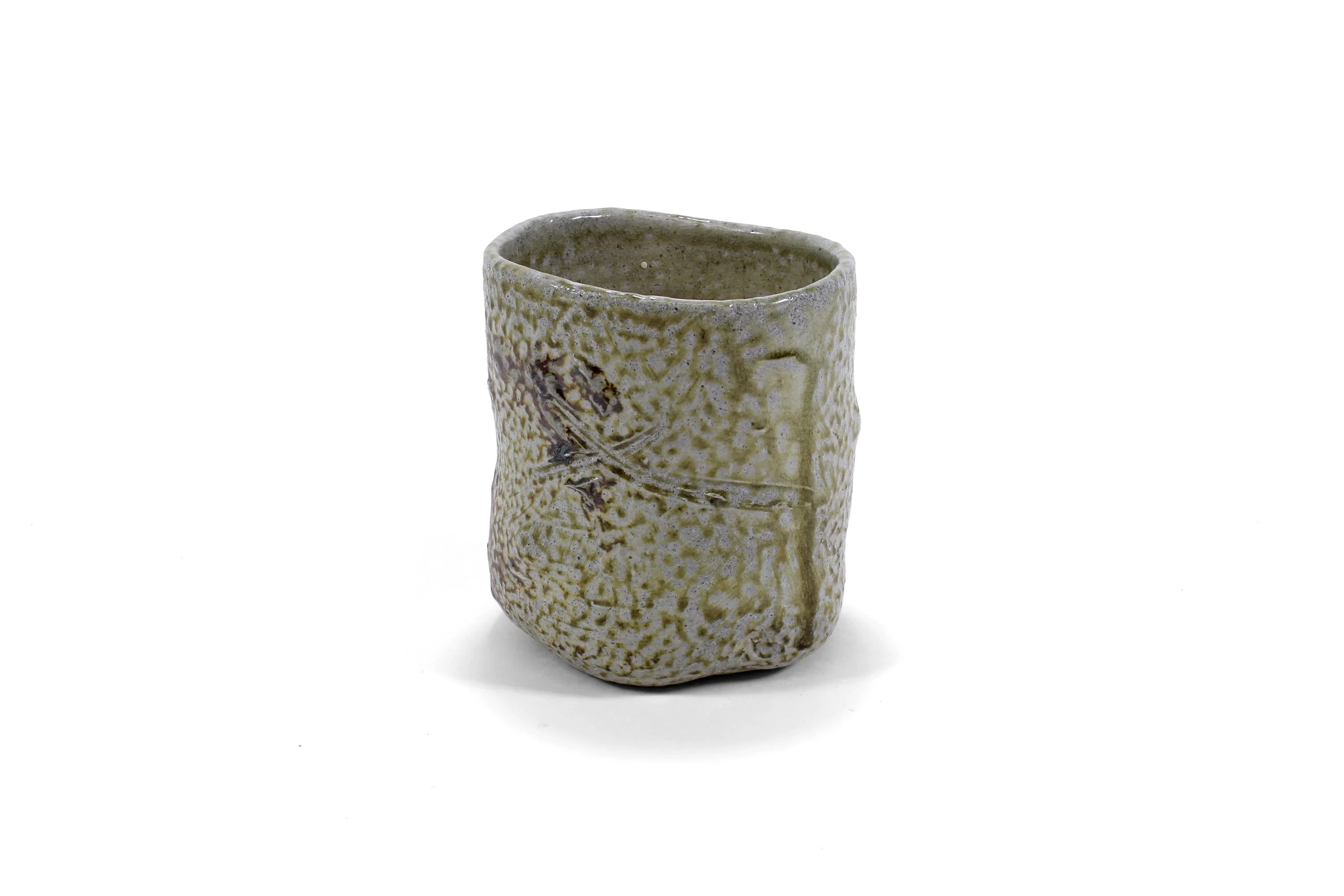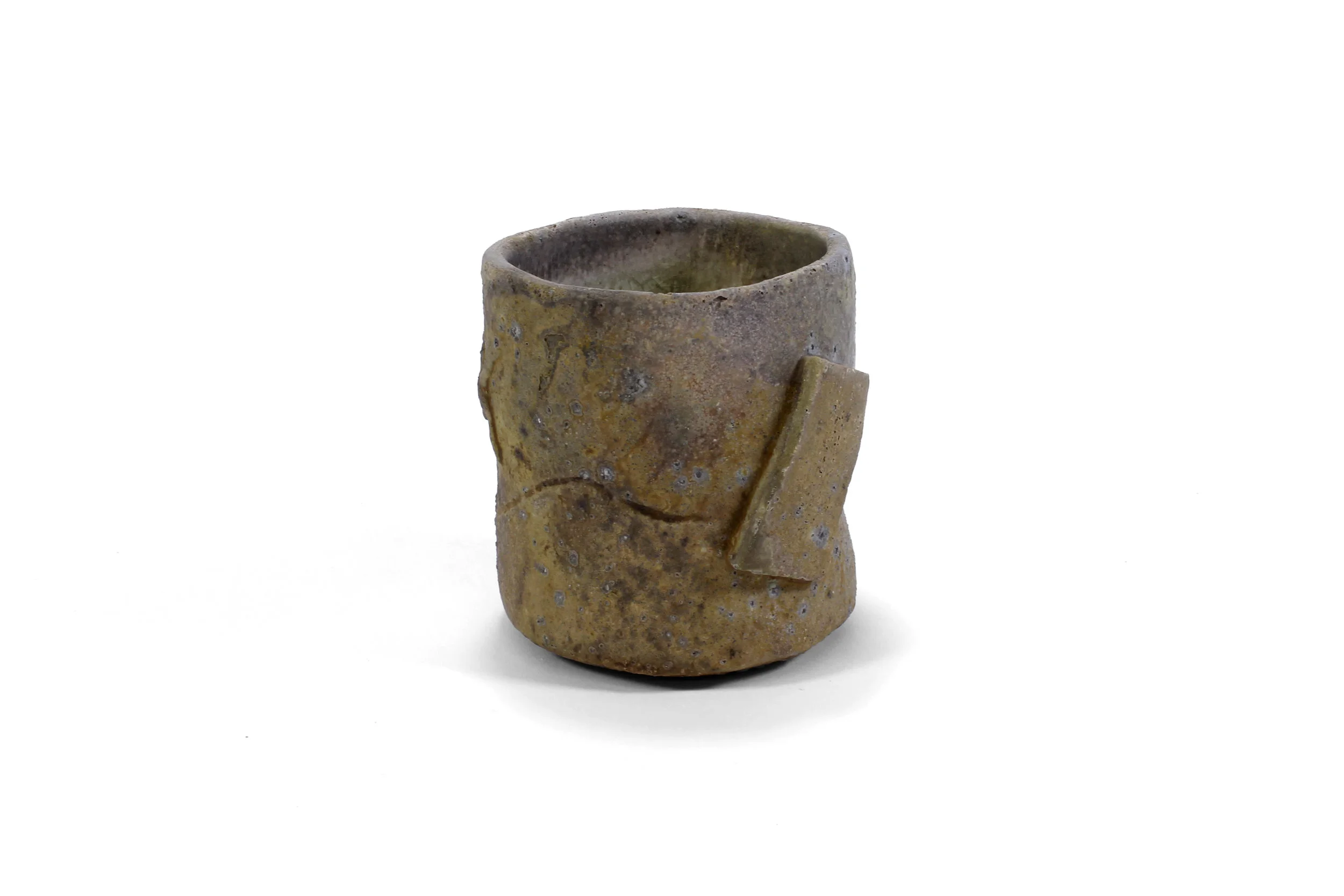don reitz
bio
Don Reitz (1929 – 2014) was one of the most virtuosic throwers the field has ever seen, the foremost leader of the workshop circuit, a charismatic educator and man of exceptional warmth, kindness and generosity. In 1981 he was named one of the top twelve world’s greatest living potters by Ceramics Monthlyreaders.
Reitz earned his MFA at Alfred University in 1962, where he began experimenting with salt-glazing, a technique largely neglected by the post-World War II ceramic studio movement. Readily embracing this firing technique, Reitz quickly realized that it allowed the clay to keep its natural character, and its malleability did not obscure the creator’s hand. In a decade’s time, he was dubbed “Mr. Salt” by his peers.
He spent many years as an educator as well as a potter; he taught at the University of Wisconsin-Madison for more than 25 years before retiring as a professor emeritus in 1988. His extensive body of work is represented in over 50 distinguished public and private collections.
Don Reitz lived and worked in Clarkdale, Arizona. He claimed that he would have been a poet but for dyslexia and his inability to process language. This redirected him toward visual art where he found his voice in clay. Reitz’s art is his legacy, and through constant reinvention and originality, he extended the definition and potential of the ceramic arts.
artist statement
“Some sixteen years ago, I began to use the salt glaze process as an integral part of my work. Salting is a very old technique, derived around the 12th Century as a quick and quite economical way to put glazed surface on such things as sewer and roofing tile, barn floor gutters, and storage containers. These were usually dark brown in color and had a somewhat rippled surface which we call orange-peel. Instead of bisquing the ware first, then dipping it into a bucket of glaze and firing it a second time, one need only to put the raw pot in the kiln, fire it to a maturing temperature, and introduce raw salt into the kiln, A chemical reaction takes place as the salt volatizes into sodium vapors that mix with the silica in the clay, creating a thin coating of soda-silicate glaze on the clay surface.
I use the salt process because my work demands it; not because I was taught it or it is a now thing to do. The process itself is a very physical and theatrical one, which is part of me. It was as natural for me to turn to salt for the final ingredient in my work as it was for me to do all that which proceeded it in my life. The work seemed to deserve nothing less.
My involvement is with pottery, the containing form, replete with historical metaphor, references to other times. I am mindful not to establish any particular time, past, present, or future. The challenging paradox lies in that the work is historical but without history. It alludes to something other than its physical self. It must establish a presence commanding attention, but humble enough not to confuse the issue with self-adoration. A celebration of form. A critique of the artist.
Making pots isn’t about making pots. You can’t let pots get in the way of making pots, like you can’t let fishing get in the way of going fishing. What making pots is about; is your self – it is a way of life. About the way you think, about the way your mind is; it’s about what has affected you all your life. That’s why I don’t care what people make, or the material they make it out of. It is so individual with each person, but I suppose the main thing is to have them be perceptive, to have them think creatively and to have an open mind.”


